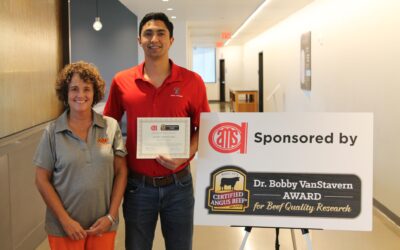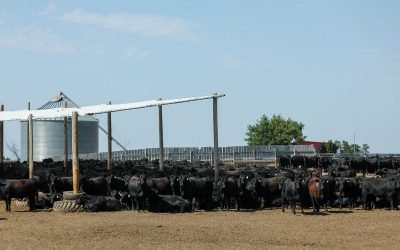
Putting it in perspective
“You know, a dredge ditch…”
I was explaining the Minnesota farm I grew up on and I was met with blank stares from some of my South Dakota State University classmates.
“…where you drain water off the field,” I continued.
They looked dumbfounded, and I was equally as puzzled. Then one spoke up, asking why in tarnation we’d be draining water off the field. They spent their summers irrigating or praying for rain, as they had well-drained soil, not the native swamp ground we farmed.
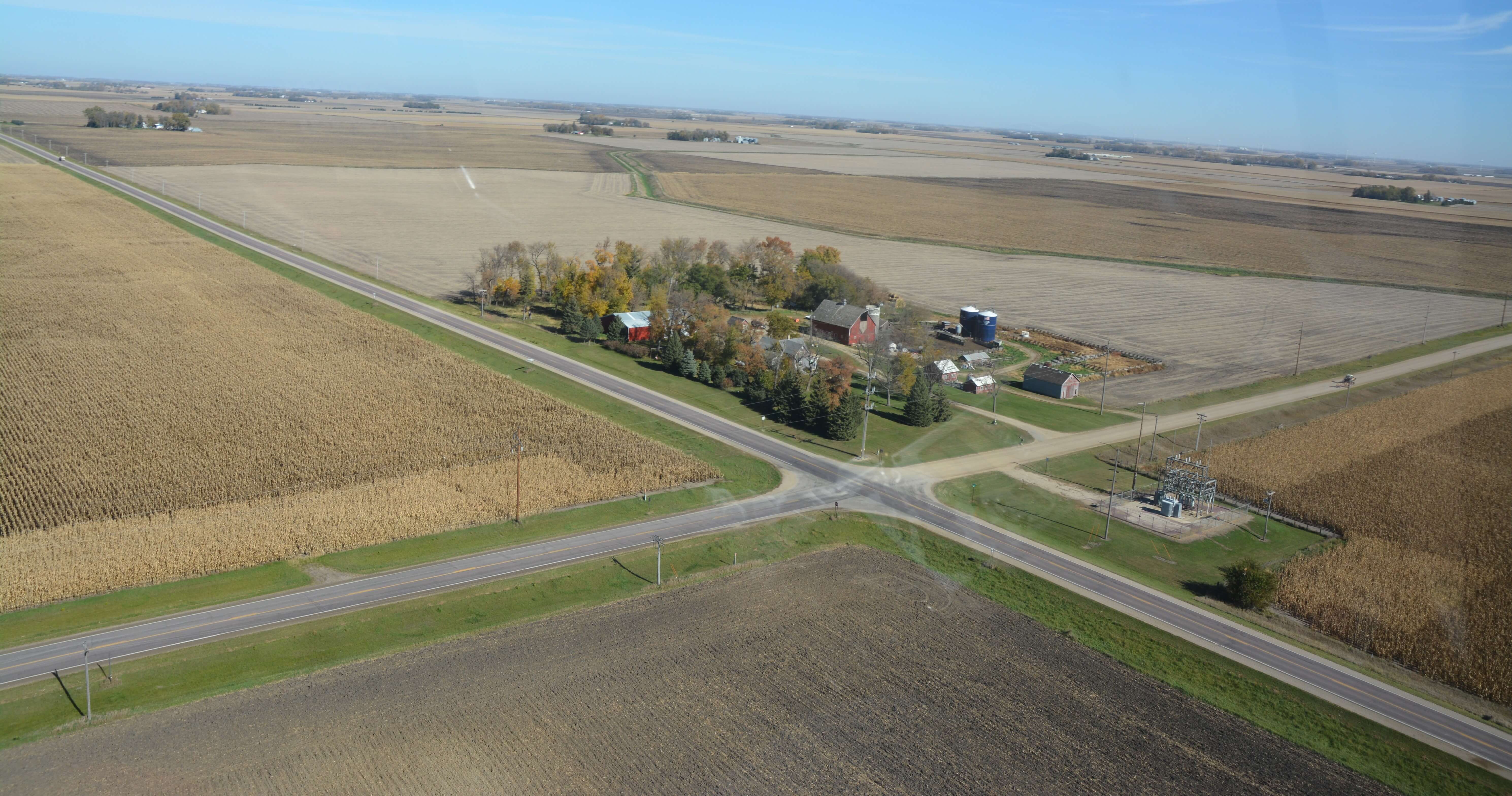
The older I get, the more I realize perspective is important.
What would be a drought in Minnesota might be a really good summer in west Texas; what is a lot of noise to one family might be an average day in our house full of kids; what might seem cheap to some would be a lifetime’s savings for another.
Considering perspective is important when looking at data and reading about studies.
“There is data out there that can support anything,” said Andress Kniss, a Wyoming Ph.D. weed scientist I heard at the Ag Media Summit this summer. He was telling a room full of ag communicators to be vigilant for distorted use of numbers, to think critically and certainly not be part of the problem.
In the age of click-bait headlines and shareable infographics, it’s trendy to highlight a monumental cause and effect.
A few years ago there was a lot of buzz about grass-fed beef having at least twice as much of the heart-healthy omega-3 fatty acids as corn-fed beef. That is true. Heck, it may have 100% or even 150% more. Scientists would call it “statistically significant.”
But that’s when you have to ask yourself, “Compared to what?” Well, the 80 to 90 milligrams (mg) in a 3.5-ounce serving of grass-fed beef may be double or triple the 30 to 40 mg in its conventional counterpart. But compared to salmon’s 1,000 to 2,000 mg, it’s not enough to make a difference in your diet. It’s an irrelevant, moot point.
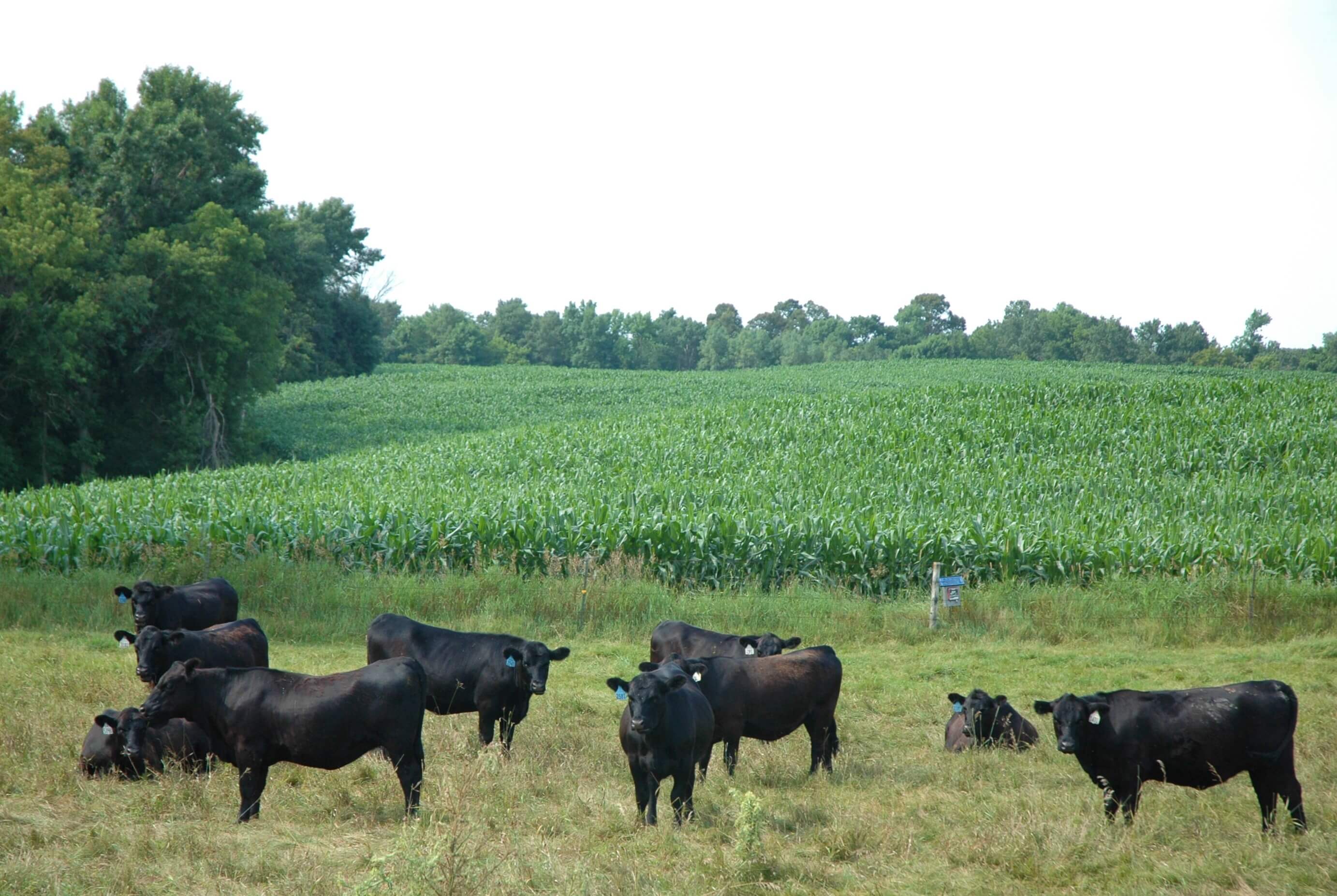
Consider the “vanishing zero.” We can measure to smaller and smaller concentrations. So if there is five times as much of a substance in water, does that mean it was a difference in 1 vs. 5, or was it really 1 parts per trillion (ppt.) vs. 5 ppt.? That’s 1,000 times less than 1 part per billion (ppb). Comparing parts per trillion to the old standard parts per million? Well, it’s a million times smaller than that.
For a bit of an illustration, a part per billion would be like finding one kernel of corn in a 70 acre field. (Just to show my work, that’s an average 180 bushels/acre, with 80,000 kernels per bushel.) All that is to say it’s small, very small.

If a salesman says “it doesn’t really hurt marbling,” does that mean it flat-out doesn’t affect it? Or does it mean some new product or plan reduces intramuscular fat “just 20 or 30 points on a 999-point scale?” Do you realize how many of your cattle typically end up 20 points either side of the Choice/Select or even the Choice/Prime line? What sounds like a little can have a big impact.
There is always a cause and effect. Sometimes it just takes a little perspective to recognize it.
May your bottom line be filled with black ink,
Miranda
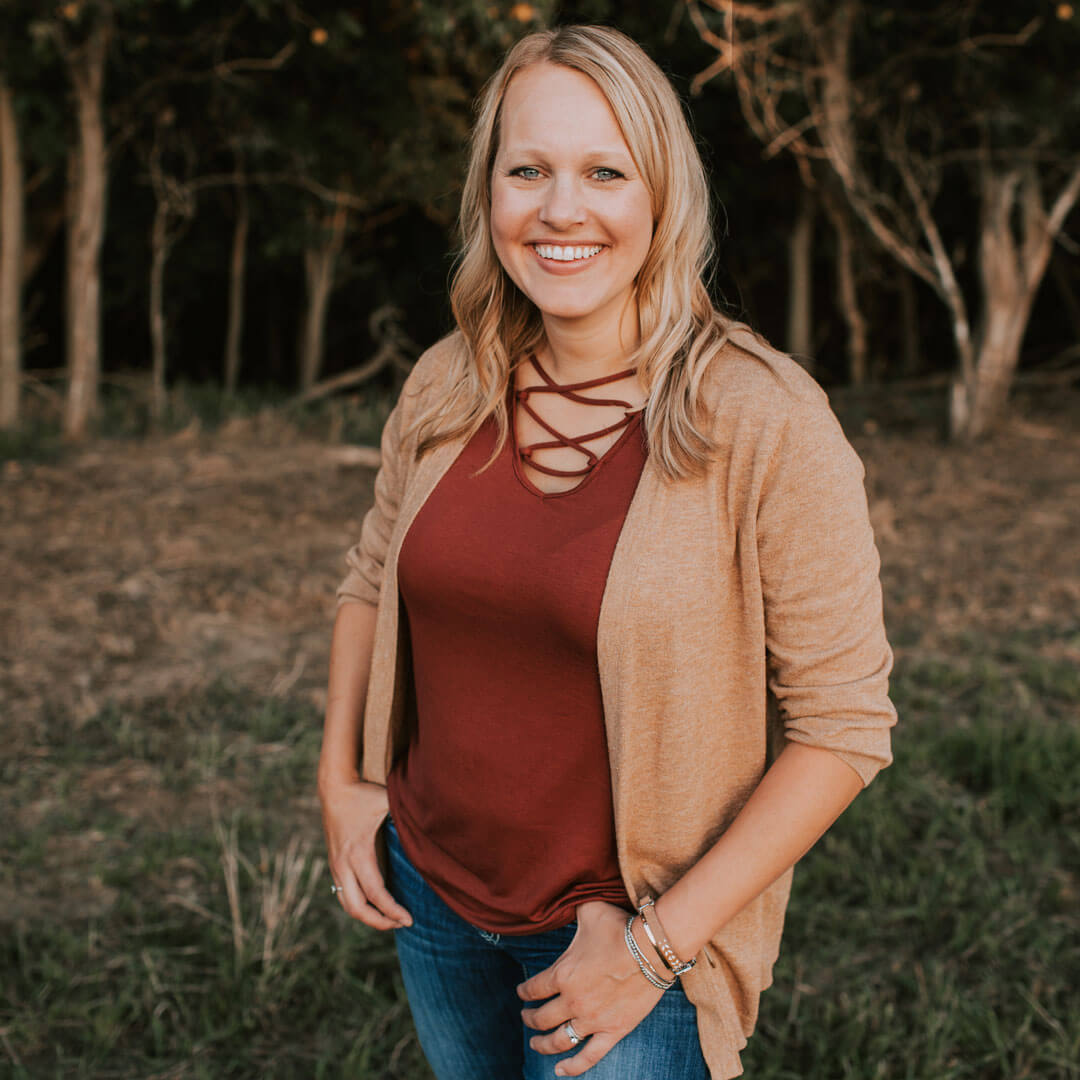
About the author: Miranda Reiman
I love God, my kids, my hubby, rural life, agriculture and working for CAB. I’m officially the director of producer communications, which basically means I get to learn from lots of smart people and pass that information along to lots of other smart people: you. I’m so lucky to work with cattle producers and other folks in this great industry. (Oh, and one more job perk? I get to eat lots of really yummy beef.)
You may also like
Certified Angus Beef Recognizes Beef Quality Research
First-place honors go to Andres Mendizabal, an international student pursuing a Ph.D. in animal science at Texas Tech University. His research is titled, “The Accuracy of USDA Yield Grade and Beef Carcass Components as Predictors of Red Meat Yield.”
Not all good days are sunny and warm
Stress of any kind affects performance and health, but also well-being and behavior, a special focus for CSU animal scientist Lily Edwards-Callaway. Her team’s literature review found shade benefits vary by location, structure type and the weather.
Progress from small steps
Every day is a chance to learn and get better. Thousands of others like my new friends in Alabama are taking steps to meet the shifts in consumer demand, and to know more. Small steps in the right direction can start now. Even if it’s just recording a snapshot of where you are today, a benchmark for tomorrow.

